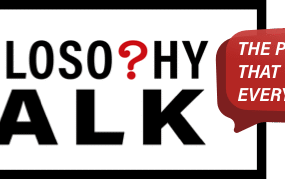
The Art of Understanding: Should Art Be Accessible or Challenging?
In the realm of creativity and culture, a timeless question emerges: Should art be easily understood by all, or should it challenge our minds, with education serving as the bridge to comprehension? This debate sits at the heart of “The Arts for All,” a discussion that invites us to reflect on accessibility, complexity, and the value of art in our lives. Let’s explore this thought-provoking topic and uncover the essence of why art, in all its forms, matters.
Art, at its core, is a universal language. When it’s easy to understand, it has the power to unite people across cultures, backgrounds, and experiences. A painting that tells a clear story, a poem with straightforward imagery, or a novel with a relatable narrative can resonate deeply with a broad audience. This accessibility ensures that art remains a shared human experience, fostering connection and empathy. However, accessibility doesn’t mean simplicity. Even the most straightforward art can carry profound meaning, inviting reflection and emotional depth.
On the other hand, challenging art—whether it’s an abstract painting, an experimental novel, or an avant-garde poem—serves a unique purpose. It pushes boundaries, provokes thought, and expands our understanding of the world. Difficult art forces us to question our assumptions, challenge our perspectives, and engage with ideas we might otherwise overlook. It’s in these moments of struggle that we grow, both intellectually and emotionally. Yet, this kind of art often requires context, knowledge, or guidance to fully appreciate its layers of meaning.
Here’s where education comes into play. Free and accessible education can democratize art, ensuring that everyone—not just the privileged few—can engage with challenging works. By providing tools, frameworks, and historical context, education empowers audiences to decode complex art, transforming what might seem impenetrable into something meaningful and transformative. In this way, education becomes the bridge that connects art to its audience, ensuring that art remains a force for collective growth and understanding.
Ultimately, the value of art lies in its ability to inspire, challenge, and unite us. Whether it’s easy to understand or demands our attention, art is a mirror of humanity—its beauty, complexity, and diversity. By embracing both accessible and challenging art, and by making education accessible to all, we create a world where art truly belongs to everyone. In this world, art becomes not just a form of expression, but a tool for connection, transformation, and shared human experience. Let us celebrate the arts for all, in all their forms, because art is not just something we see or hear—it’s something we feel, think about, and grow from.







No Comments